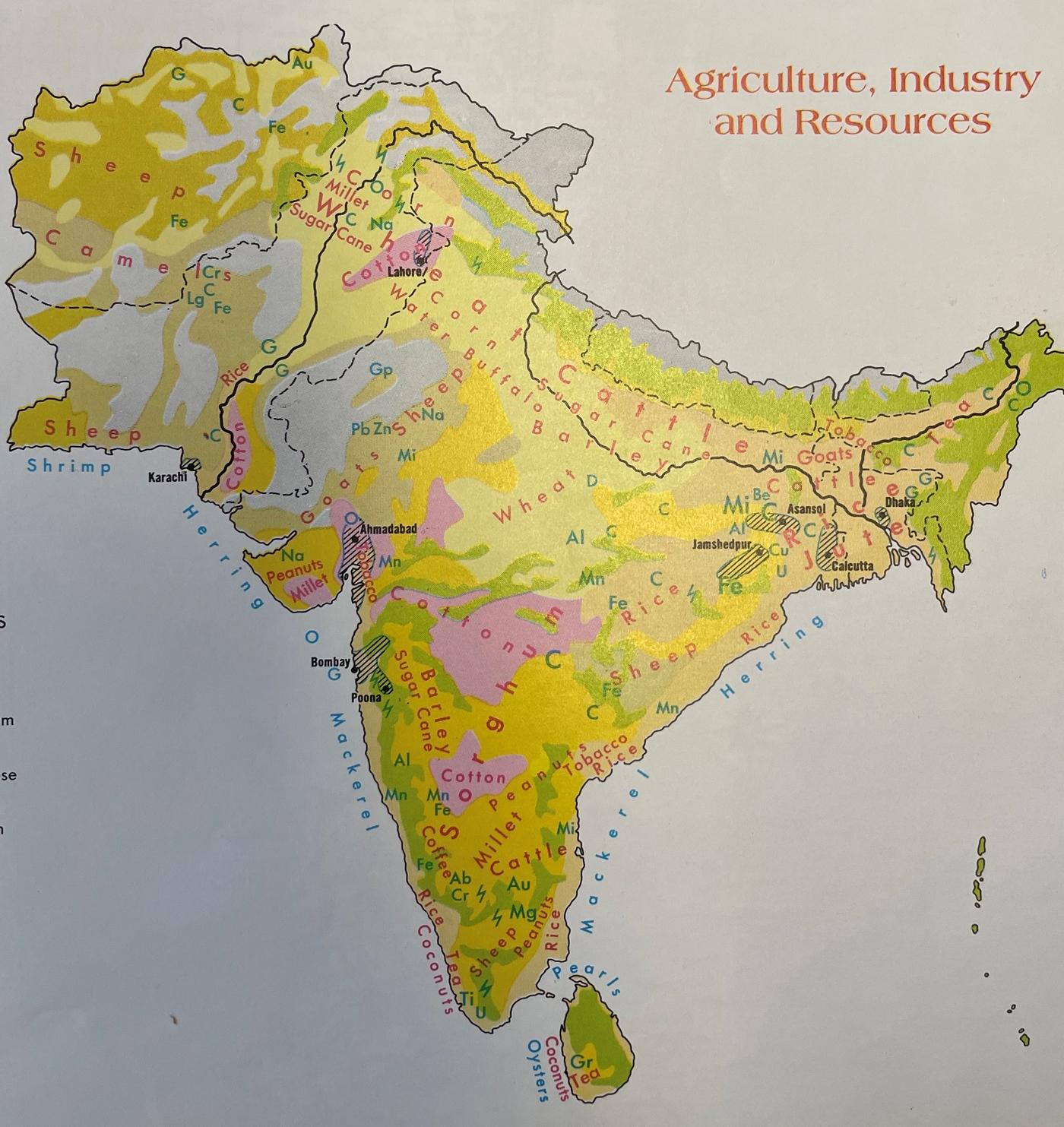Accountability and a comprehensive approach to export programming

WPI’s team helped construct a strategic approach to develop, implement, and track promotional activities in 8 key regions across the globe for an agricultural export association. With continued progress measurement and strategic advisory services from WPI, the association has seen its ROI from investments in promotional programming increase by 44 percent over the past 5 years. Not only does this type of holistic approach to organizational strategy provide measurable results to track and analyze, it fosters top-down and bottom-up organizational accountability.

 Waste Energy The cudgel held over agriculture-based feedstocks has typically been indirect land use. The U.S. biofuel industry is currently battling with California regulators over its calculation. Works in Progress editor Samuel Hughes identifies land use restrictions as newly common across al...
Waste Energy The cudgel held over agriculture-based feedstocks has typically been indirect land use. The U.S. biofuel industry is currently battling with California regulators over its calculation. Works in Progress editor Samuel Hughes identifies land use restrictions as newly common across al...
 Congress returns this week from their Thanksgiving recess to wrap up end-of-year priorities. There are only 13 days of legislative sessions remaining in the House, with 12 days before the 30 January deadline when the government runs out of money once again. The Senate has 12 days of session rem...
Congress returns this week from their Thanksgiving recess to wrap up end-of-year priorities. There are only 13 days of legislative sessions remaining in the House, with 12 days before the 30 January deadline when the government runs out of money once again. The Senate has 12 days of session rem...
 Ag as Affordability Solution Around 12 percent of Americans received federal food assistance (SNAP) and 10 percent are classified as living below the poverty line but financial analyst Michael W. Green has controversially calculated the threshold at $136,500/year. After all, a family of four li...
Ag as Affordability Solution Around 12 percent of Americans received federal food assistance (SNAP) and 10 percent are classified as living below the poverty line but financial analyst Michael W. Green has controversially calculated the threshold at $136,500/year. After all, a family of four li...
 Growth in retail sales lost some momentum in September, capping off what otherwise had been a solid quarter of spending for U.S. consumers. Looking at the headline, overall sales rose 0.2 percent in September – the fourth consecutive monthly increase – but lagged the consensus expec...
Growth in retail sales lost some momentum in September, capping off what otherwise had been a solid quarter of spending for U.S. consumers. Looking at the headline, overall sales rose 0.2 percent in September – the fourth consecutive monthly increase – but lagged the consensus expec...